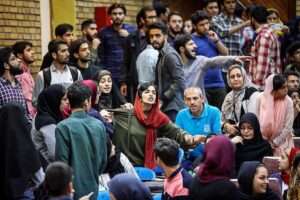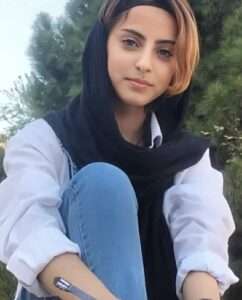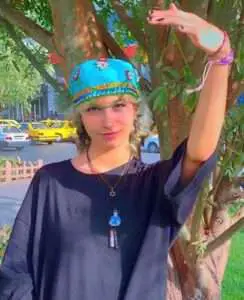The fatal shooting by security police of an undocumented Afghan man who delighted social media with his impressive dance moves has shocked Iran.
Khodanour Lajali was allegedly shot dead by security police in Zahedan, Sistan and Baluchestan Province, on 1st October.
He died in a hospital reportedly controlled by Iran’s Revolutionary Guard after medics refused to operate on him to remove a bullet near his spine, it has emerged.
A video showing Khodanour grinning widely as he performs a traditional dance in front of a crowd has been doing the rounds online.
Independent media reported that he was injured “in an armed conflict with military agents” the day after Bloody Friday.
Bloody Friday is the name Iranian dissidents have given to the brutal crackdown by security forces in Zahedan after Friday prayers on 30th September.
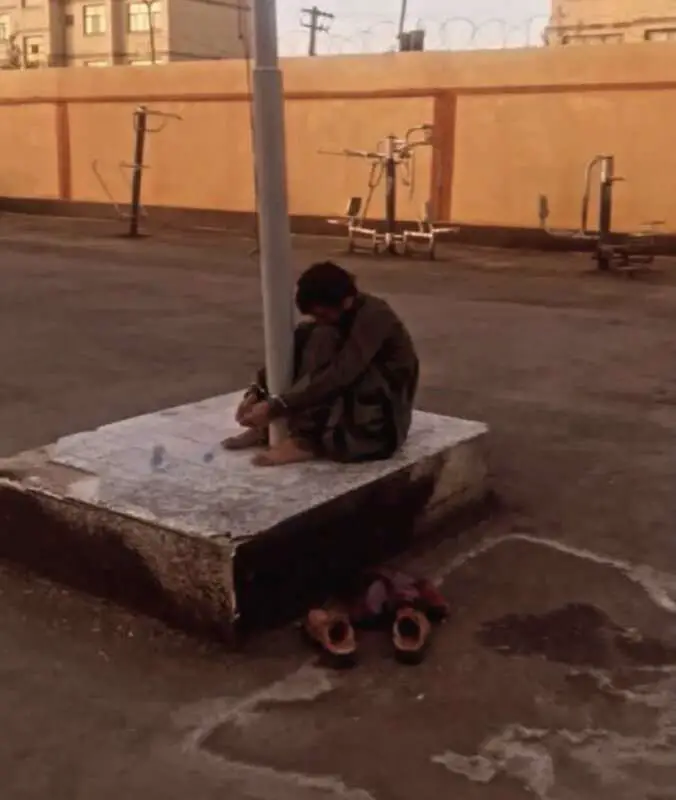
The crackdown is believed by independent media and human rights groups to have resulted in up to 92 deaths, among them 12 children.
It is believed to have been the deadliest single incident of the Mahsa Amini protests – which began on 16th September – to date.
Khodanour was reportedly taken to Zahedan Social Security Hospital after taking a bullet close to his spinal cord.
He died in the hospital – which is said to be controlled by the Islamic Revolutionary Guard Corps (IRGC) – after medics allegedly refused to operate on him.
But – as has now become routine – Iranian authorities gave a different version of his death, claiming that Khodanour was killed in a prison fight.
Mehdi Shamsabadi, the chief prosecutor of Sistan and Baluchestan, told state media that he was taken to Zahedan Prison accused of involvement in 16 cases of theft.
There, said Shamsabadi, he was killed in a “conflict”, adding that his death was being investigated.

The prosecutor was quick to claim: “On 1st October, when this person was killed, there were no reported clashes or riots in the province or city of Zahedan.”
Another image that has been doing the rounds online shows Khodanour handcuffed to a lamppost looking broken and defeated.
The photo was reportedly taken after he was beaten up by Iranian militiamen earlier this year.
The incident allegedly took place after he had a fight with the son of a Basij bigwig.
The Basij is a paramilitary volunteer militia and one of the five forces of the IRGC. It is designated as a terrorist organisation by the US, Bahraini, and Saudi governments.
After the fight, Khodanour was allegedly reported to the militia and given a beating by several militiamen, who then handcuffed him around the lamppost.
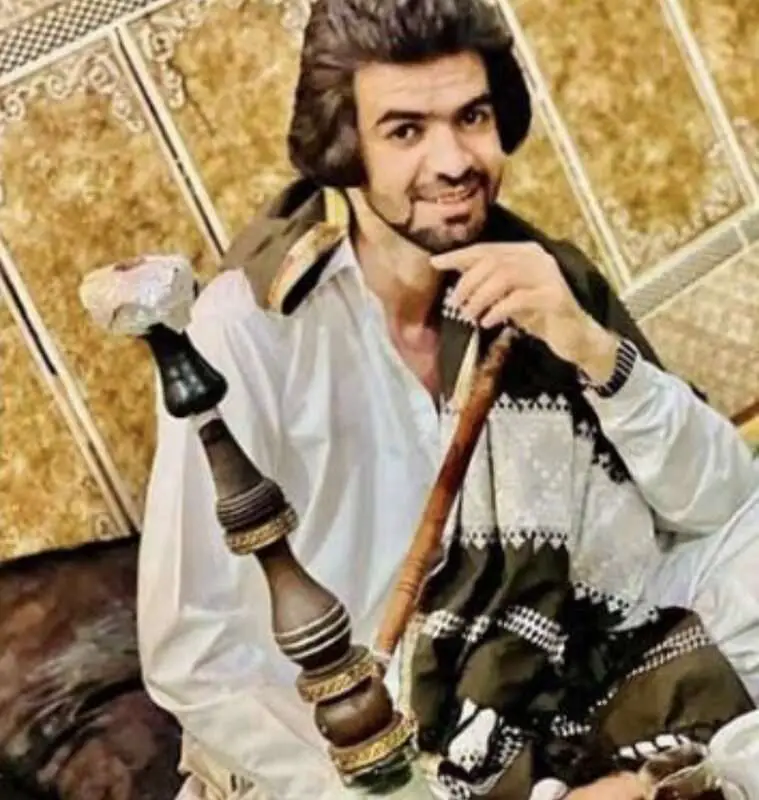
Now, following his death, people across Iran have been recreating the photo to highlight the abuse he was subjected to in life.
Khodanour – an ethnic Baloch and Sunni Muslim – had a large following on Instagram, where he shared happy moments from his daily life.
He leaves behind an elderly mother and a brother.
Balochs are the largest ethnic group in Sistan and Baluchestan and are predominantly Sunni.
Iran as a whole, however, is majority-Shia Muslim and a Shia theocracy.
The Shia-Sunni schism can be traced back to a dispute over the succession of the prophet Muhammad as a caliph of the Islamic community.
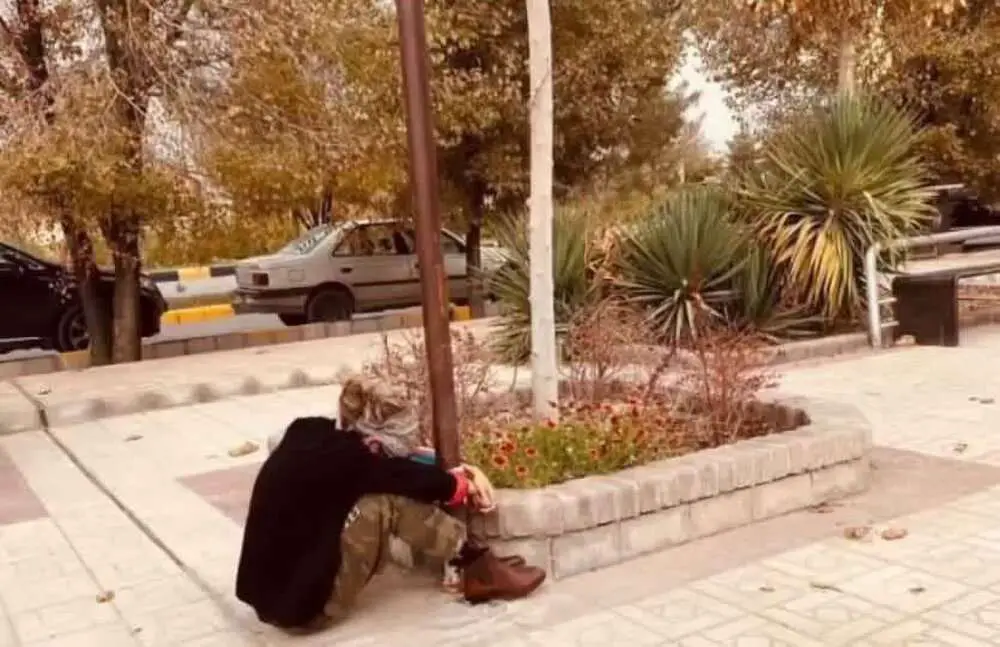
After his death in 632, one group – the Sunnis – believed his successor should be Abu Bakr, but another – the Shias – believed it should be Ali.
In recent years, Sunni-Shia relations have been increasingly marked by conflict.
Iranian minorities are believed by many human rights groups to disproportionately suffer from state repression.
The ongoing protests in Iran have so far claimed at least 328 lives, including 45 minors, and injured at least 1,160, according to independent estimates.
It is also understood that over 14,825 people have so far been arrested.

